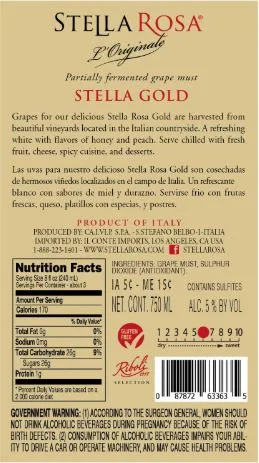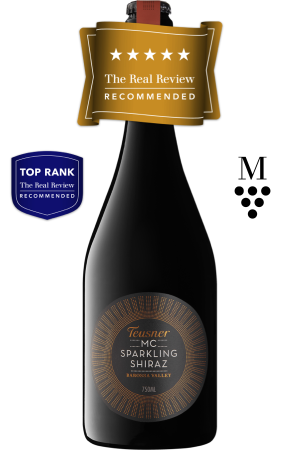If you want to start an argument among wine industry people, bring up the issue of nutritional labeling. Should wine labels provide consumers with the same kind of nutritional information and ingredient lists as found on most other food and drink items? Stand back!
The Soviet System
There is an old joke that everything in Stalin’s Soviet Union was either mandatory or forbidden and sometimes it seems like that’s the logic behind wine label regulations.
All wines in the U.S. market already have some required information on the label, but thi smainly takes the form of warnings. Beware of alcohol! This product contains sulfites (without any explanation of what this is and why it might be a useful thing). Negative labeling is required, but FDA-standard nutritional information is not.
Some wineries already provide nutritional information. Some do it because they believe consumers seek transparency in wine as in the other products they buy. Some do it to differentiate their products.
Stella Rosa wines, which are incredibly popular, are the exception to the rule. They do have nutritional labels and they are required to have it. Stella Rosa wines have alcohol levels so low that they are regulated as both wine and also food. The back label of a Stella Rosa wine bottle is a glimpse of the future whether you like it or not. Note that the Stella Rosa label shown here includes sulfites in the list of ingredients, but it also explains its antibacterial function.
A Lot to Learn
This Article was originally published on The Wine Economist






